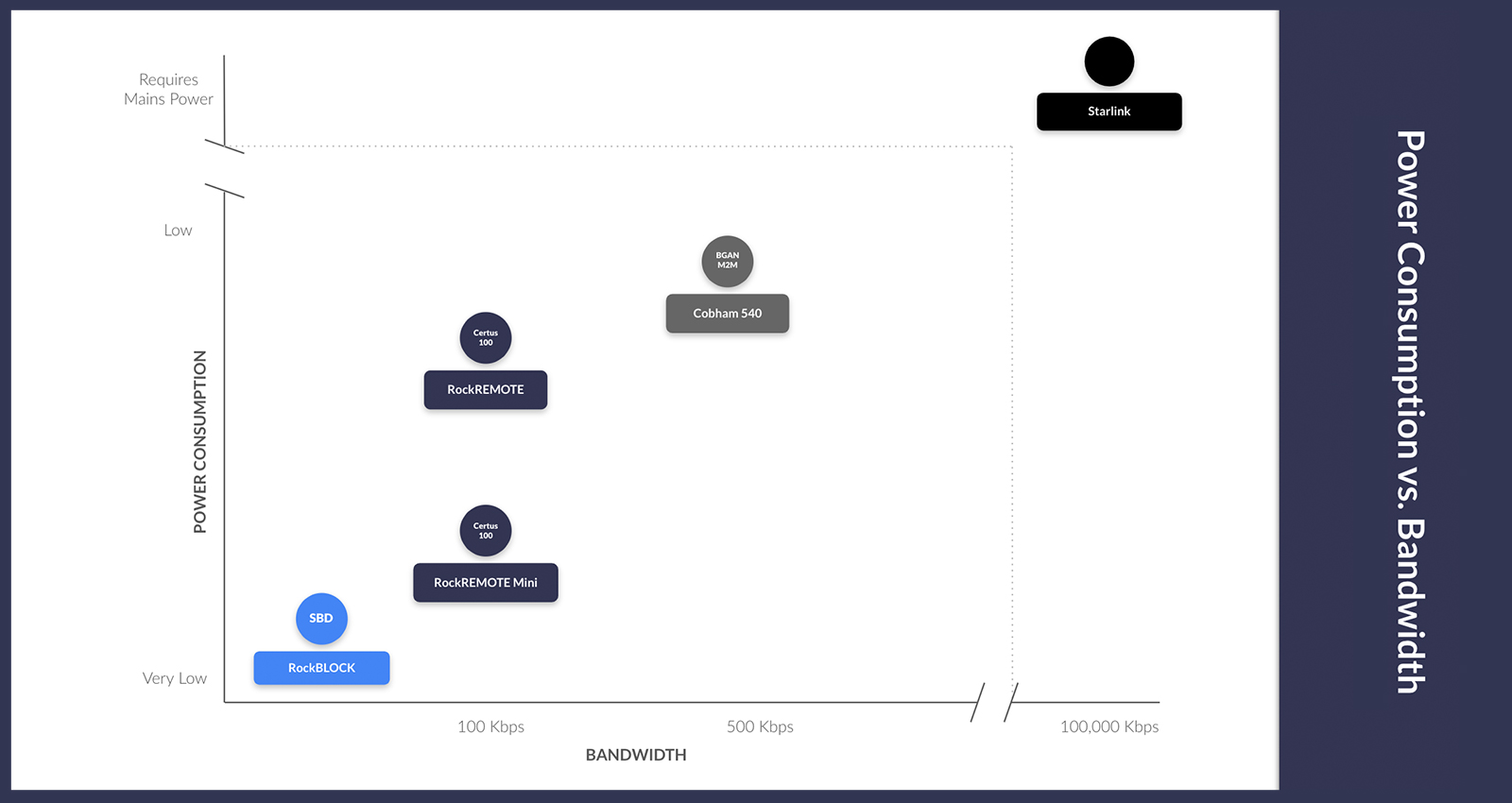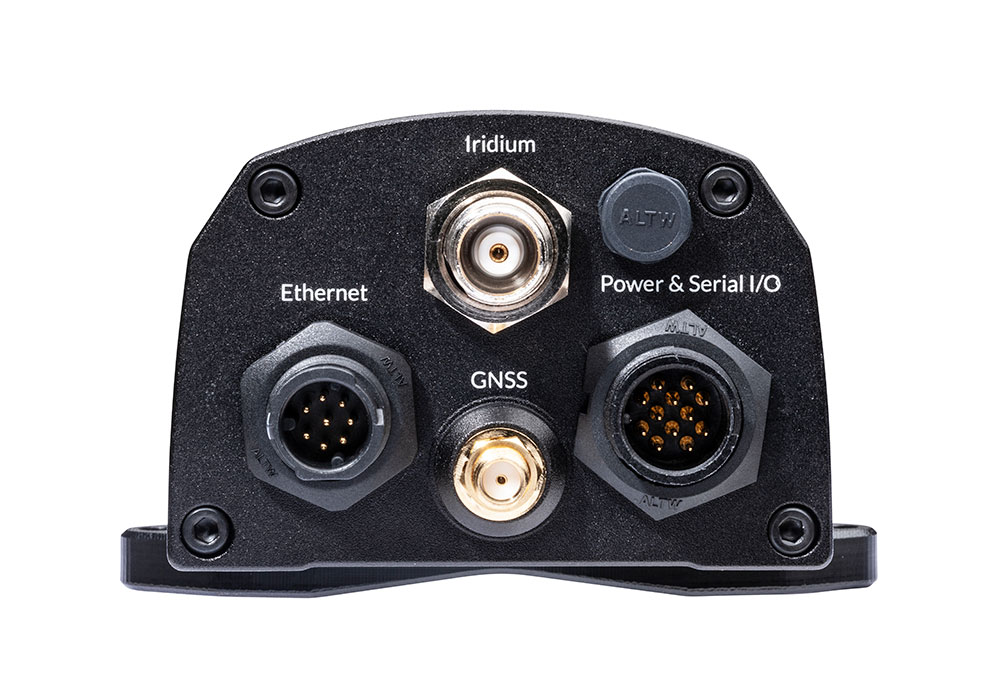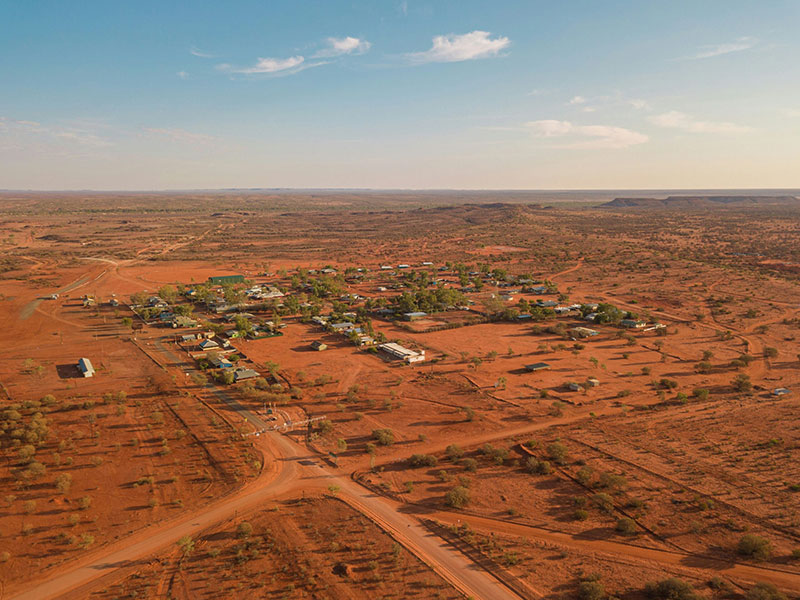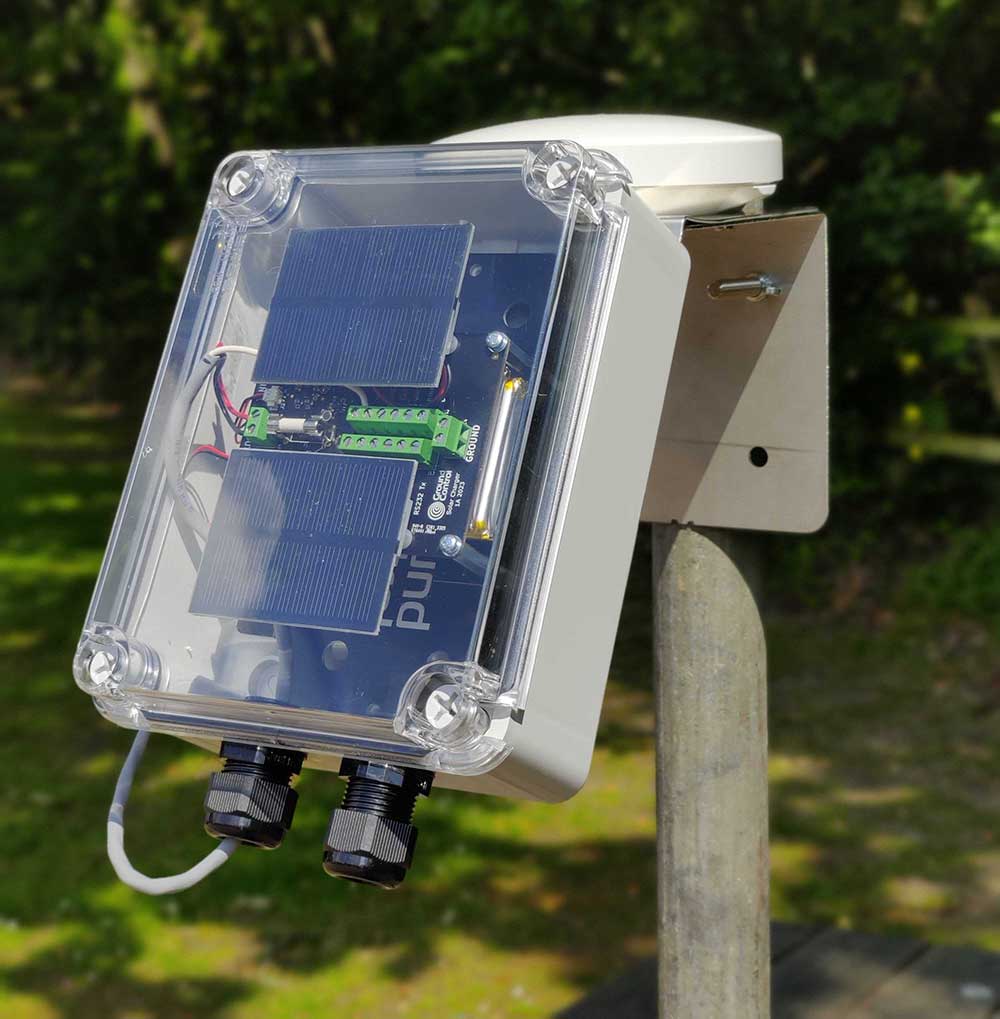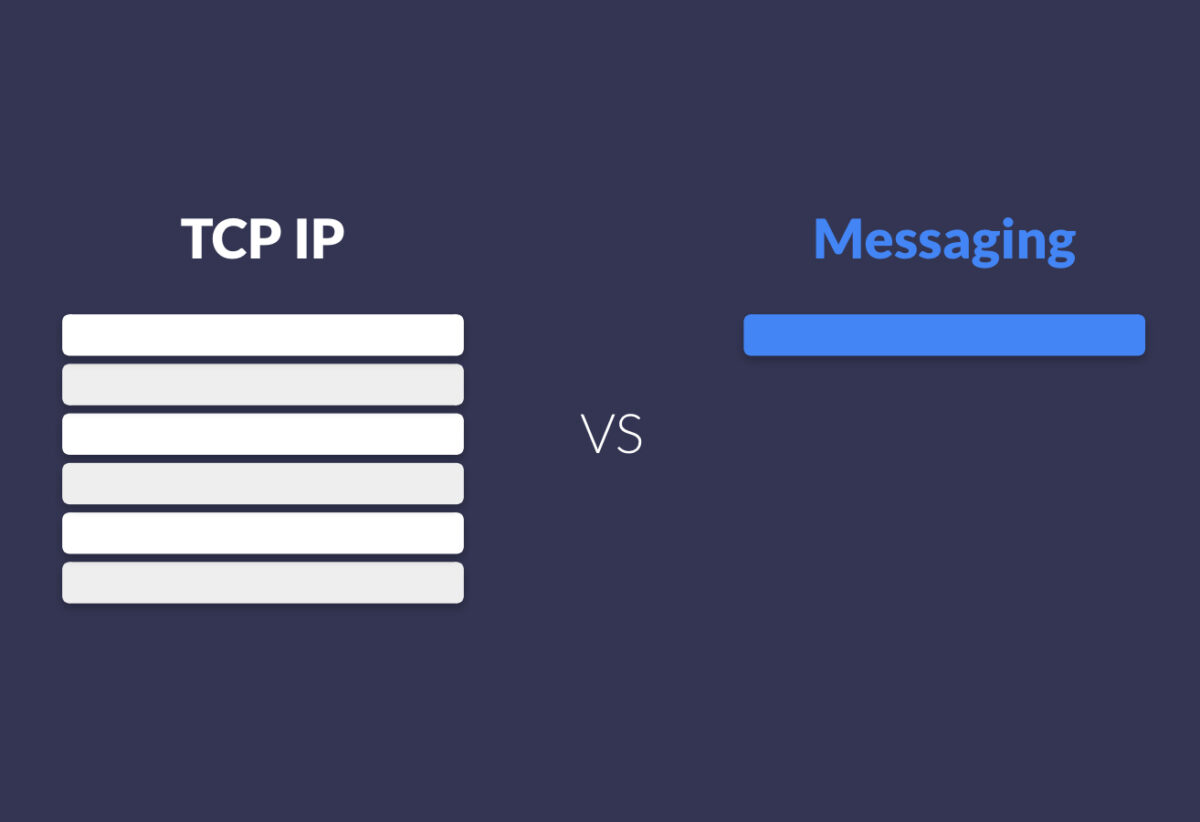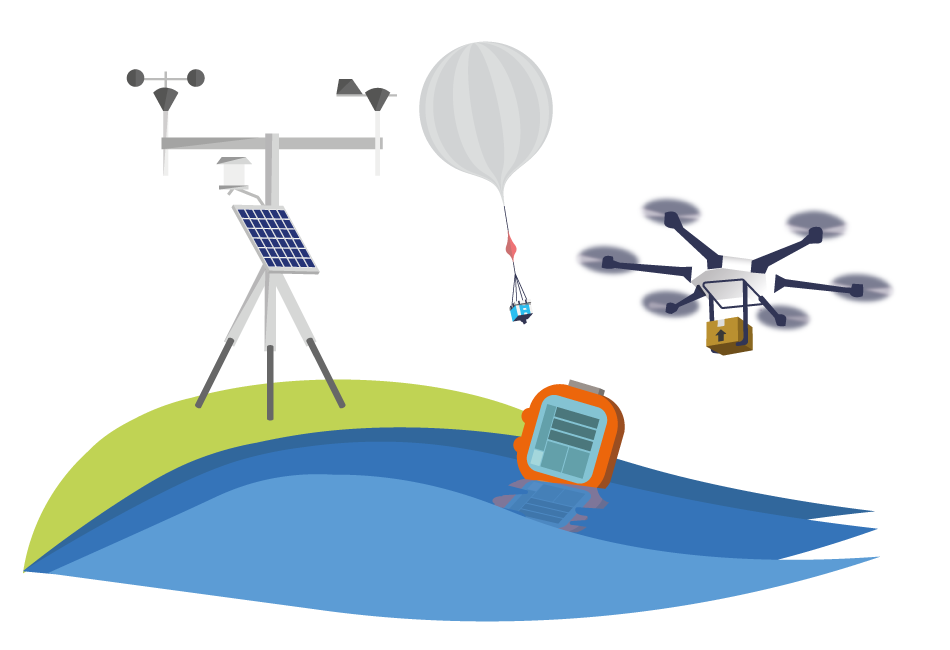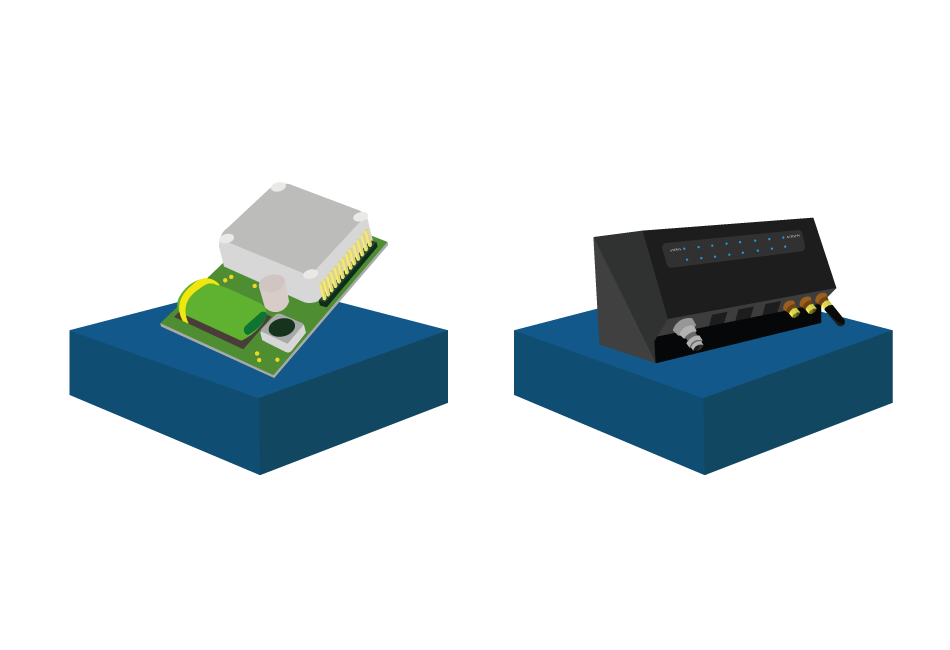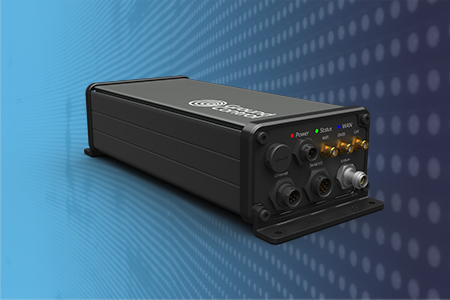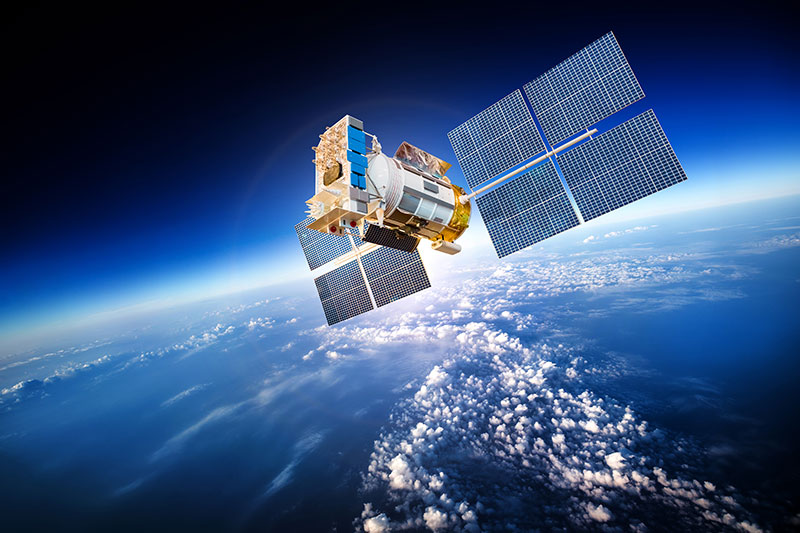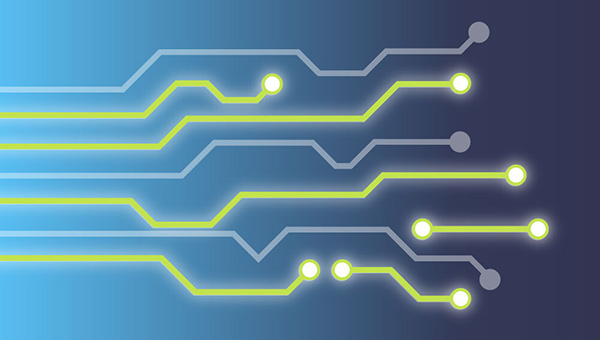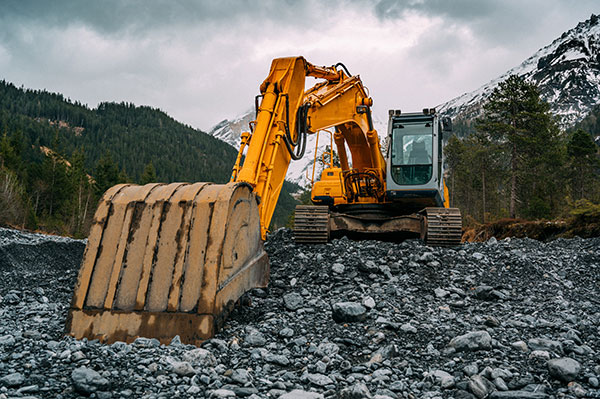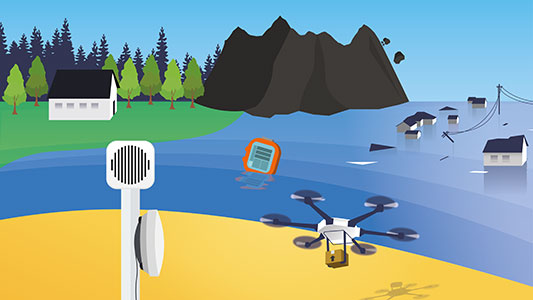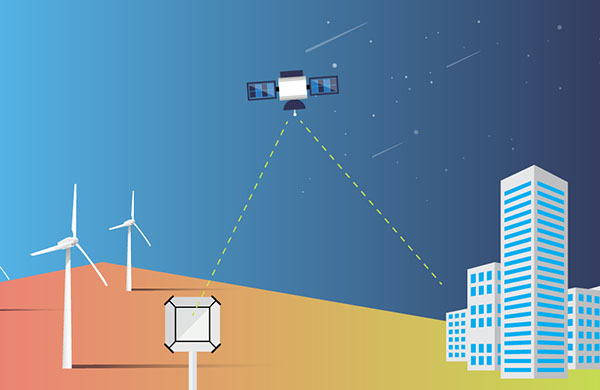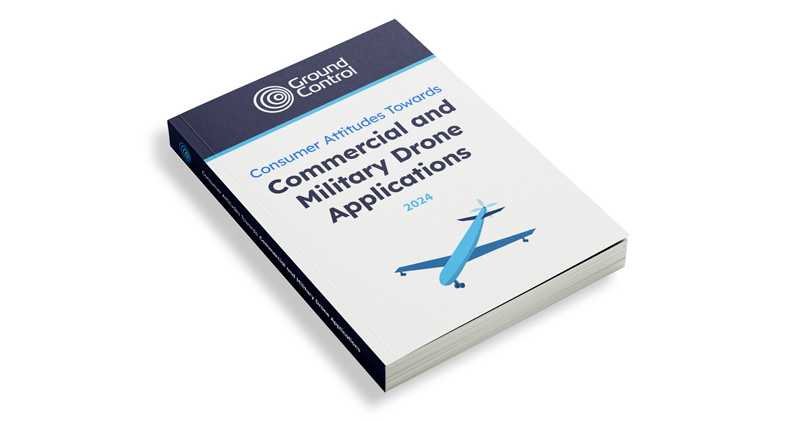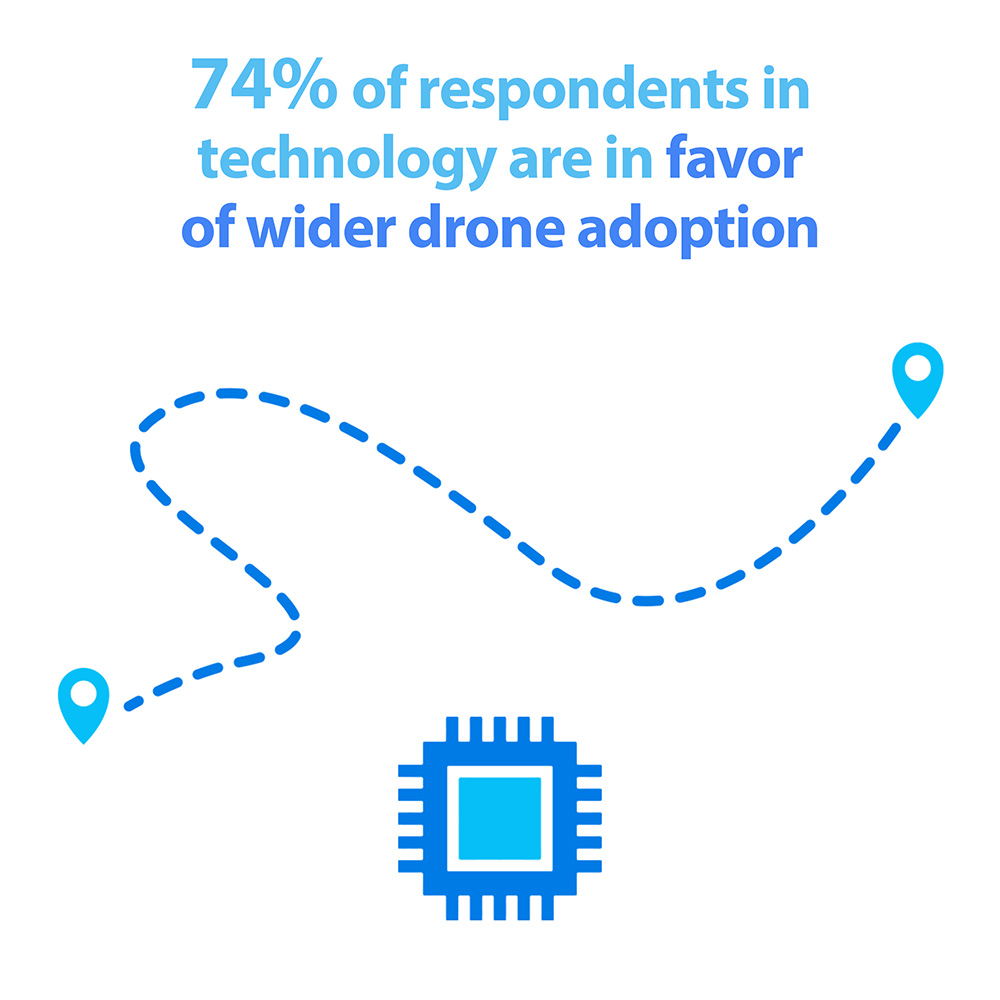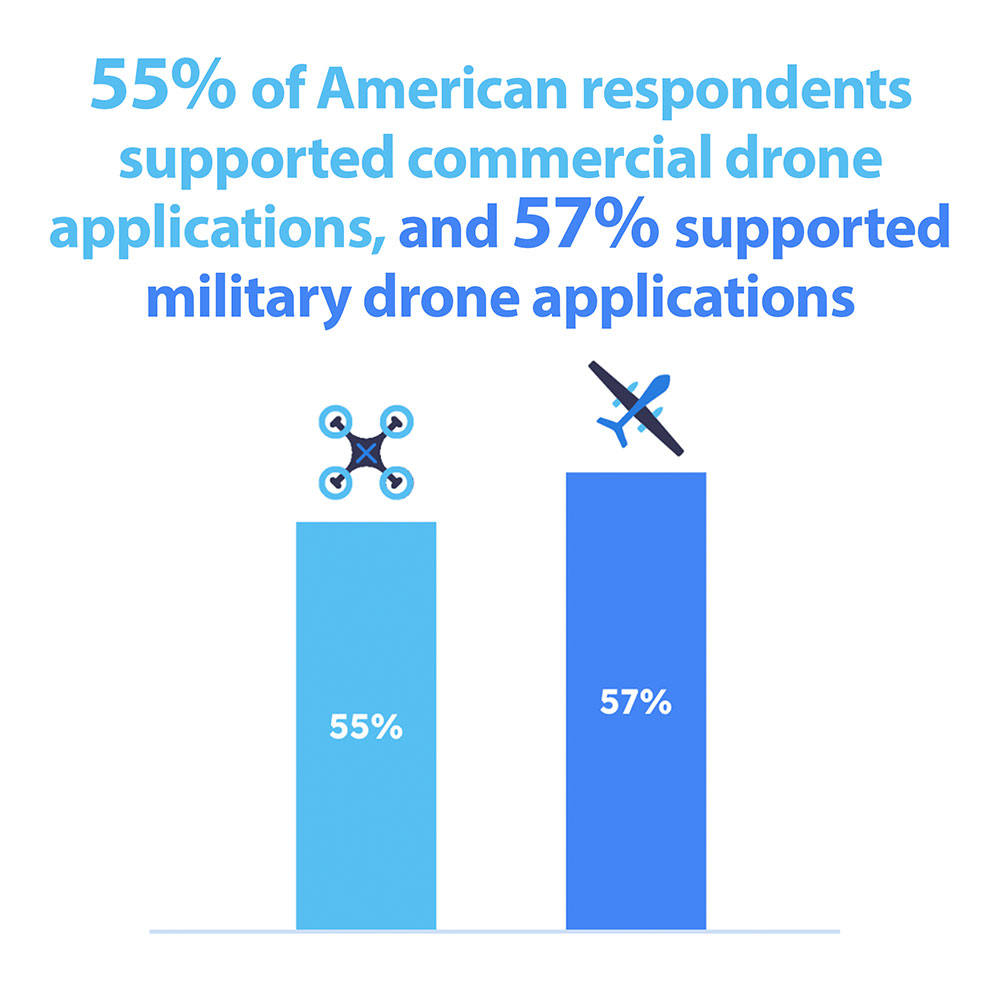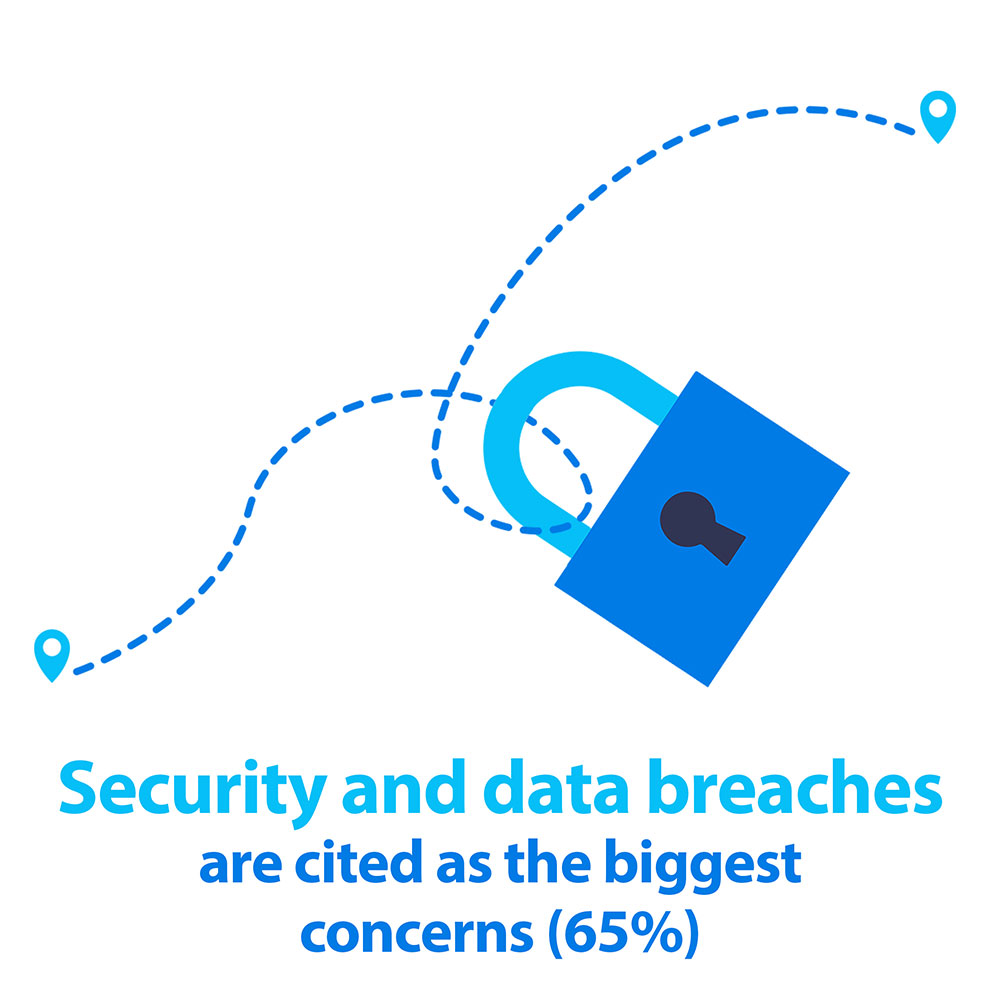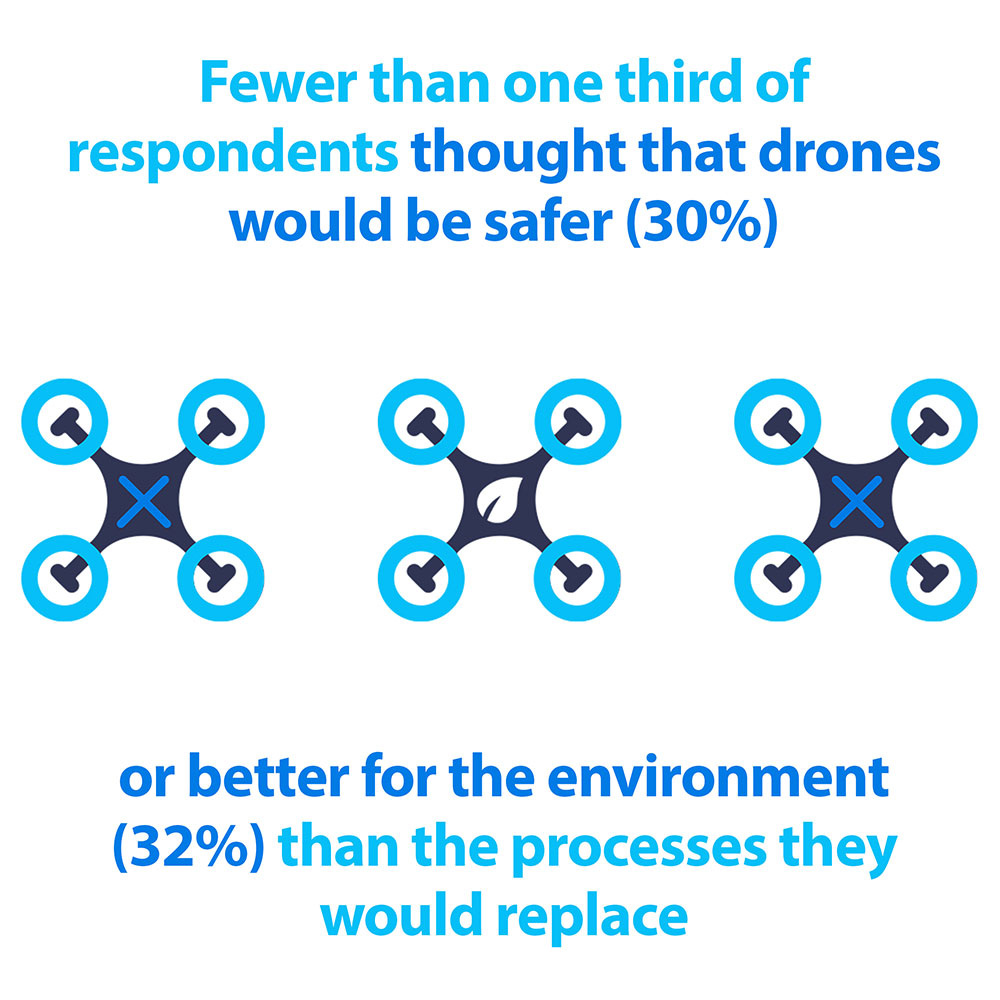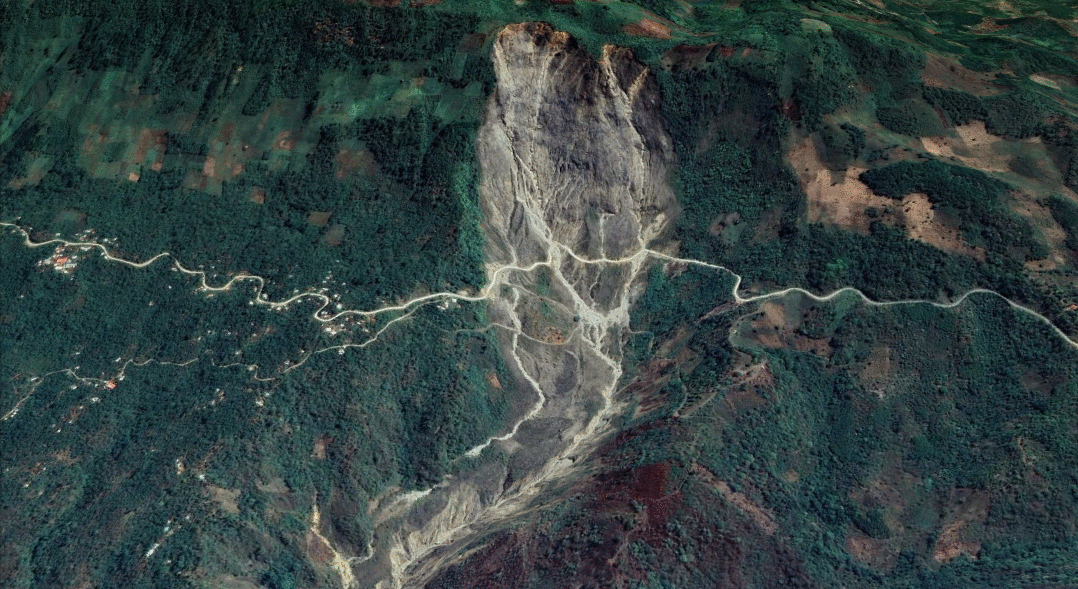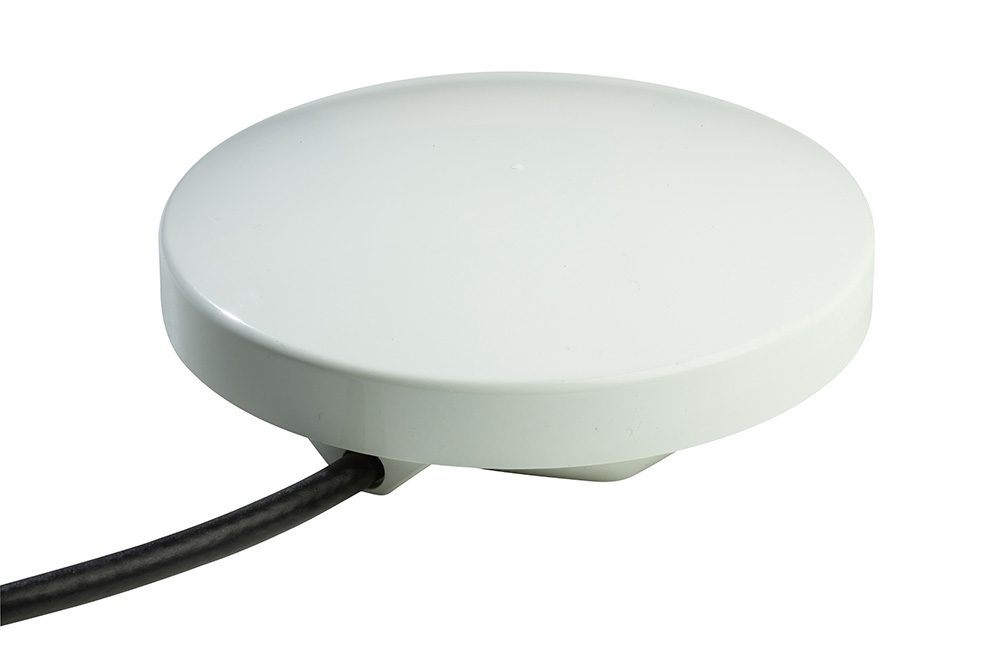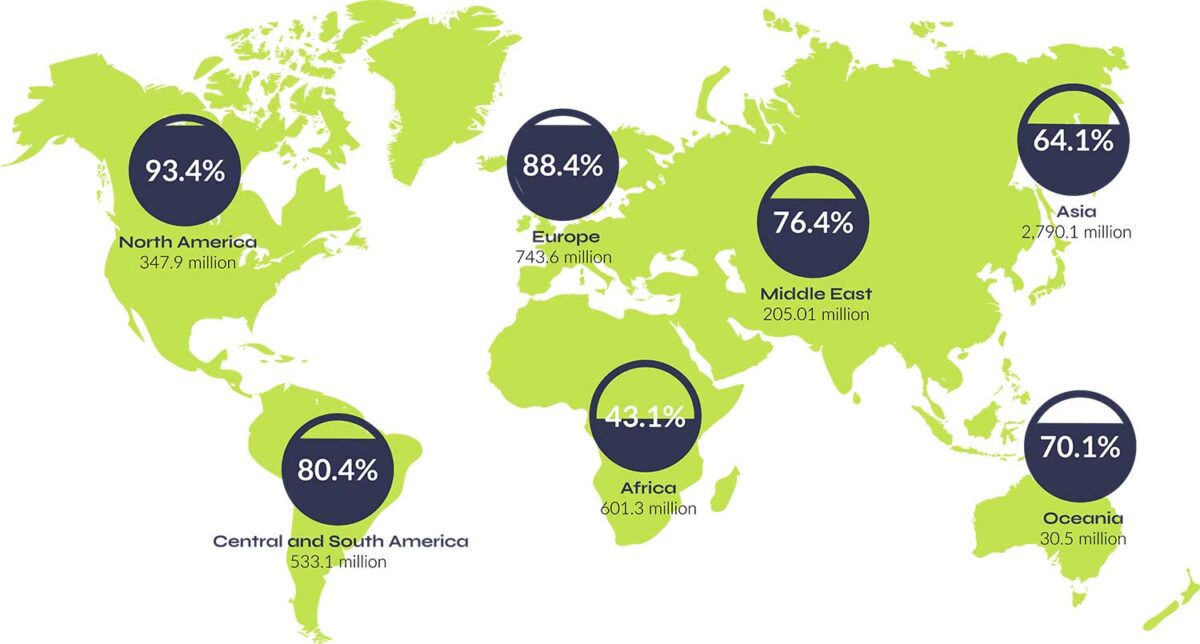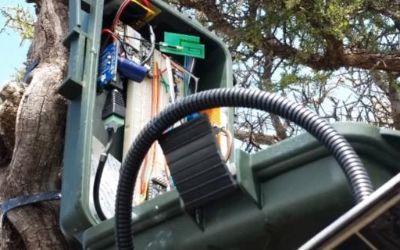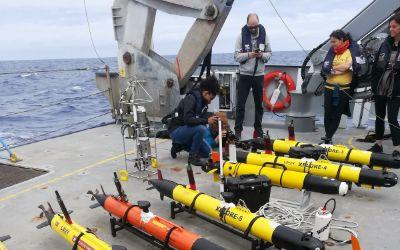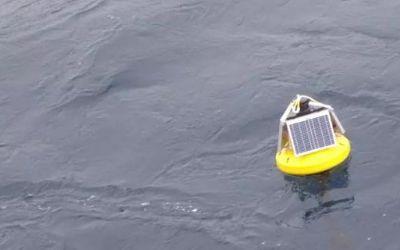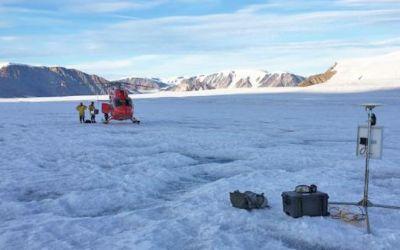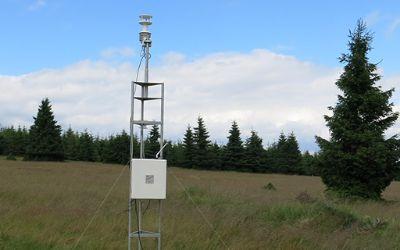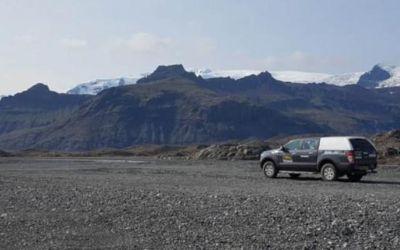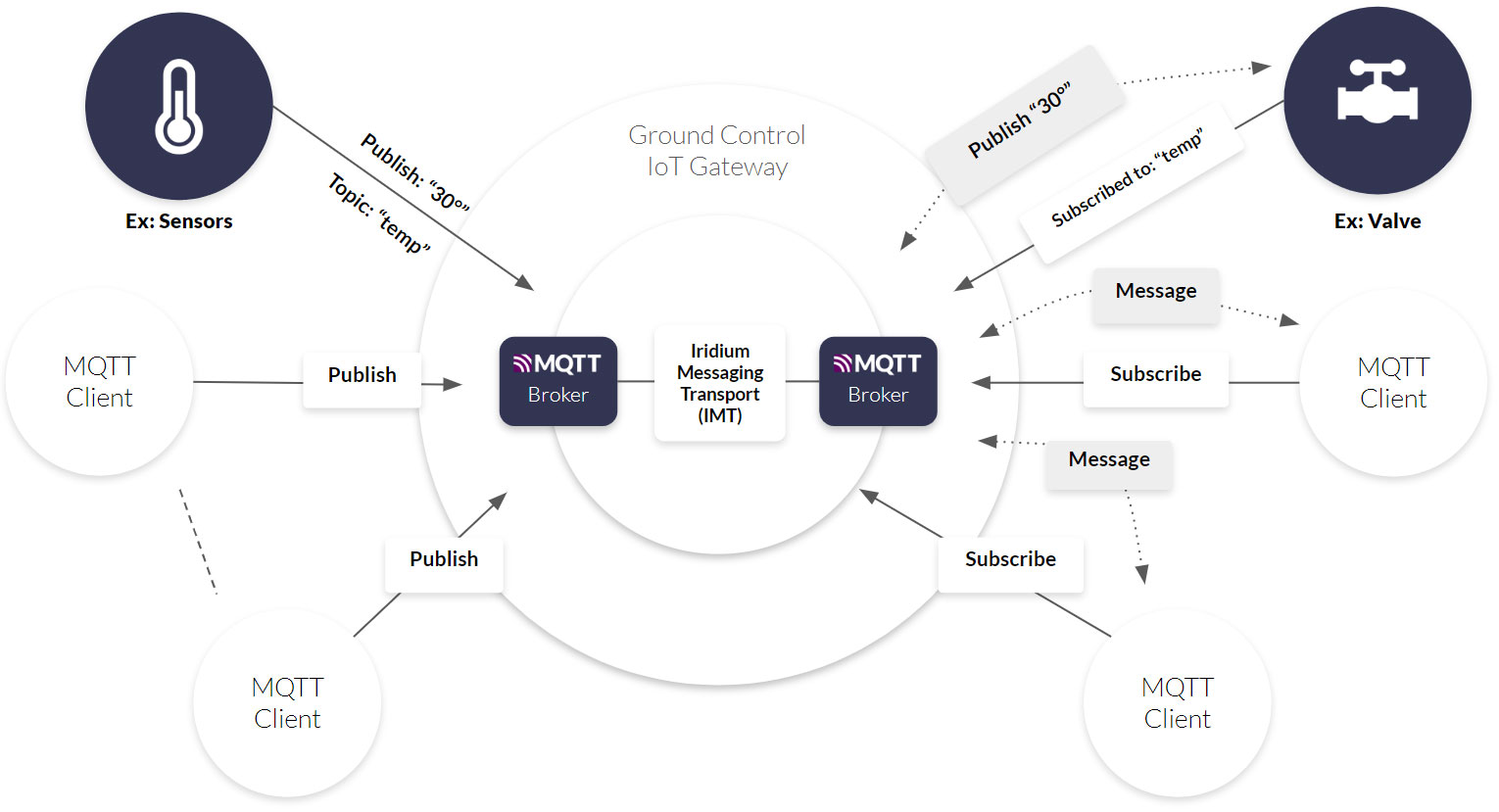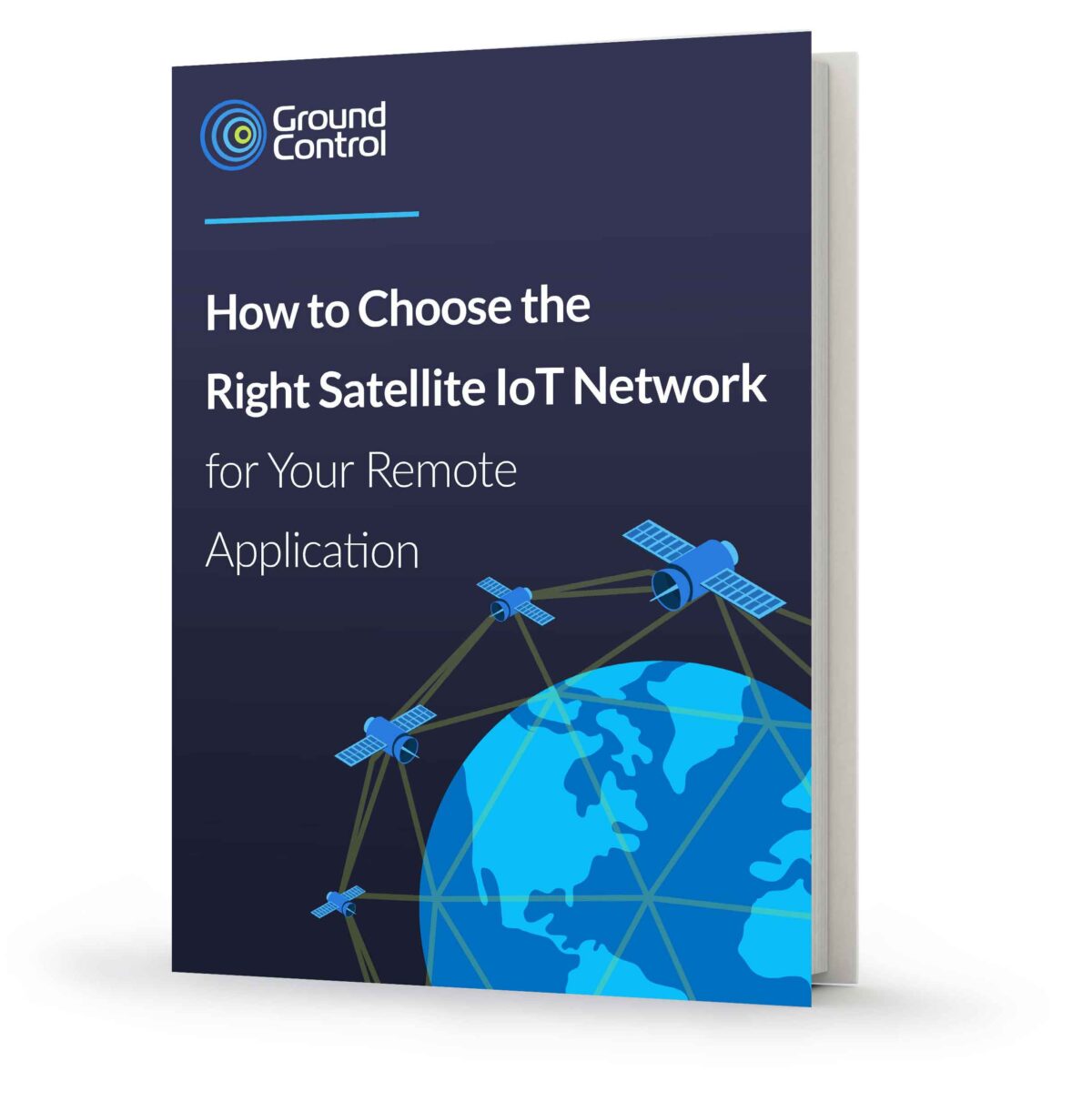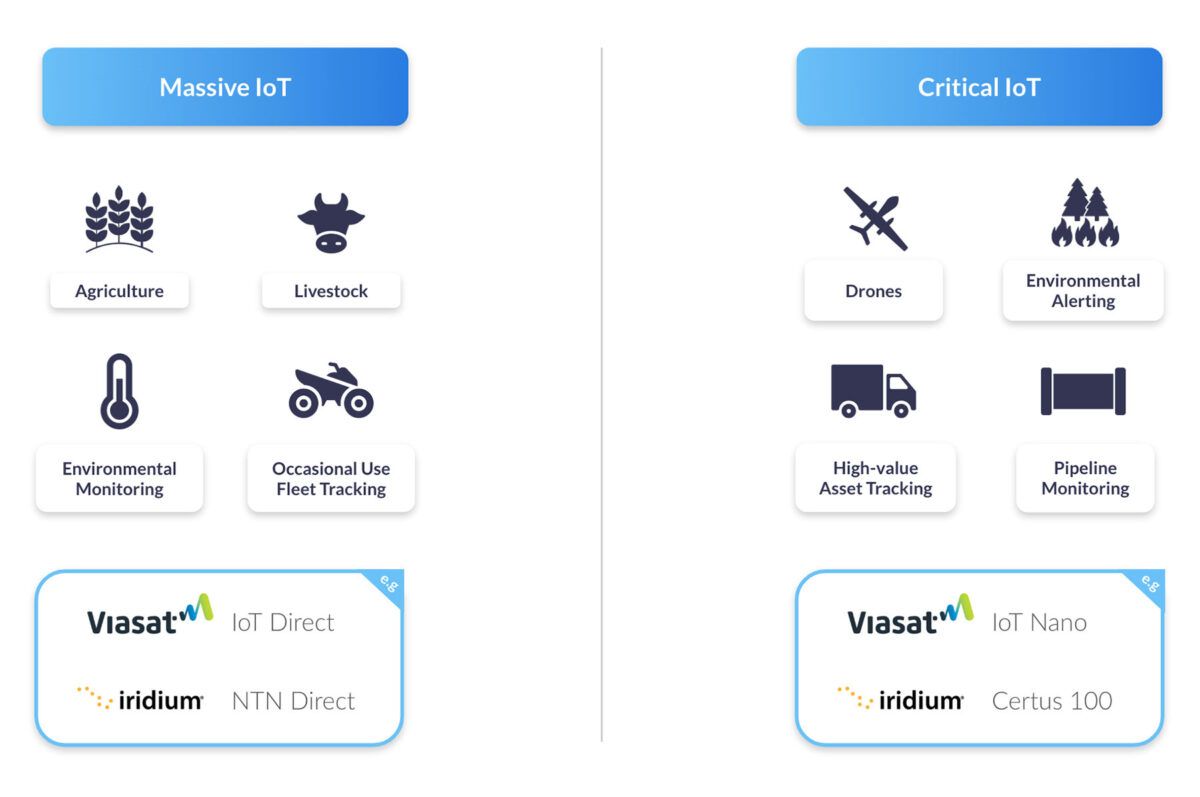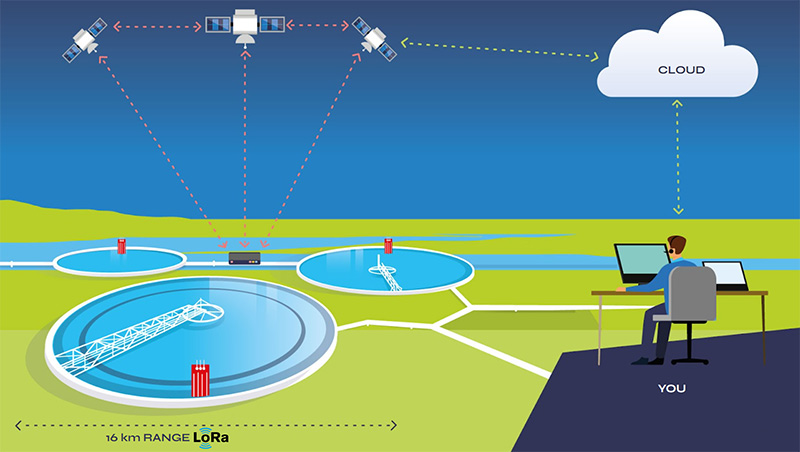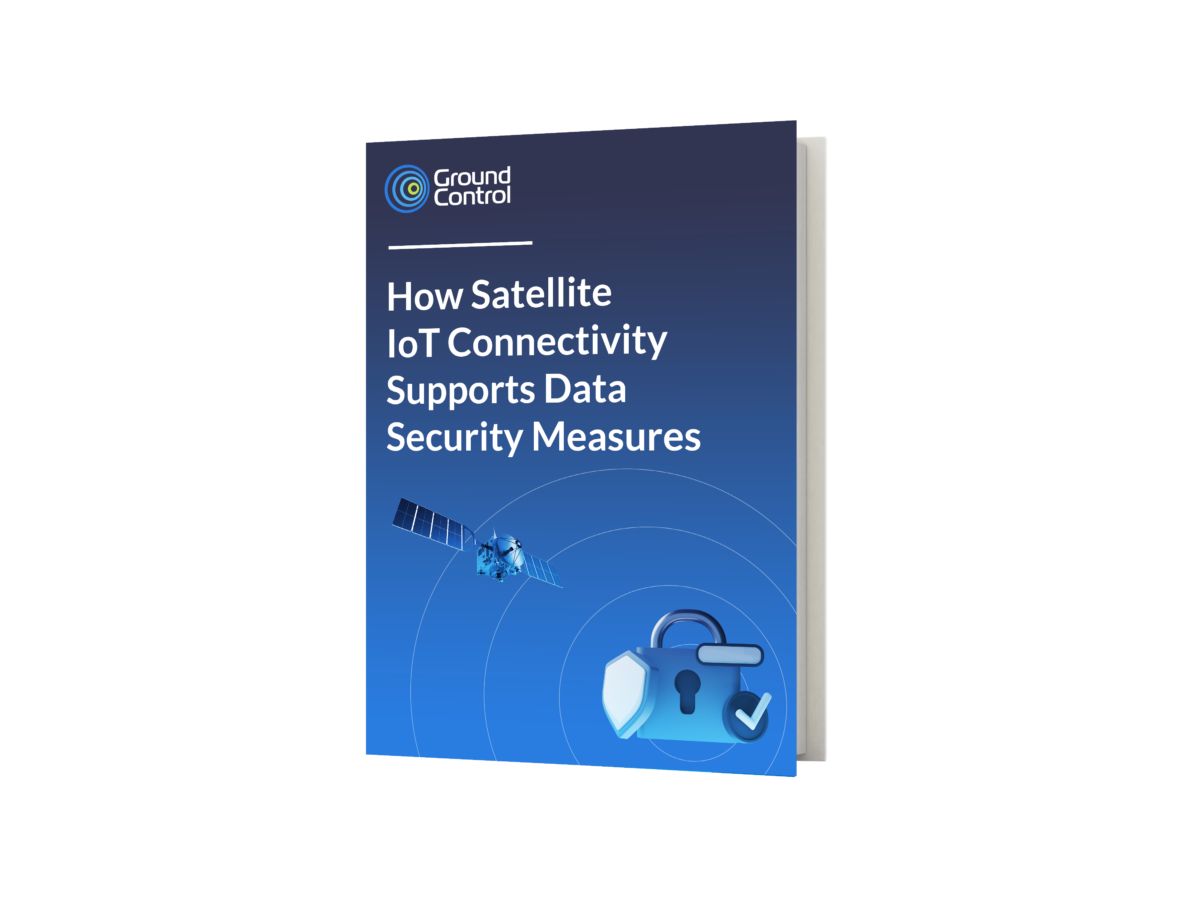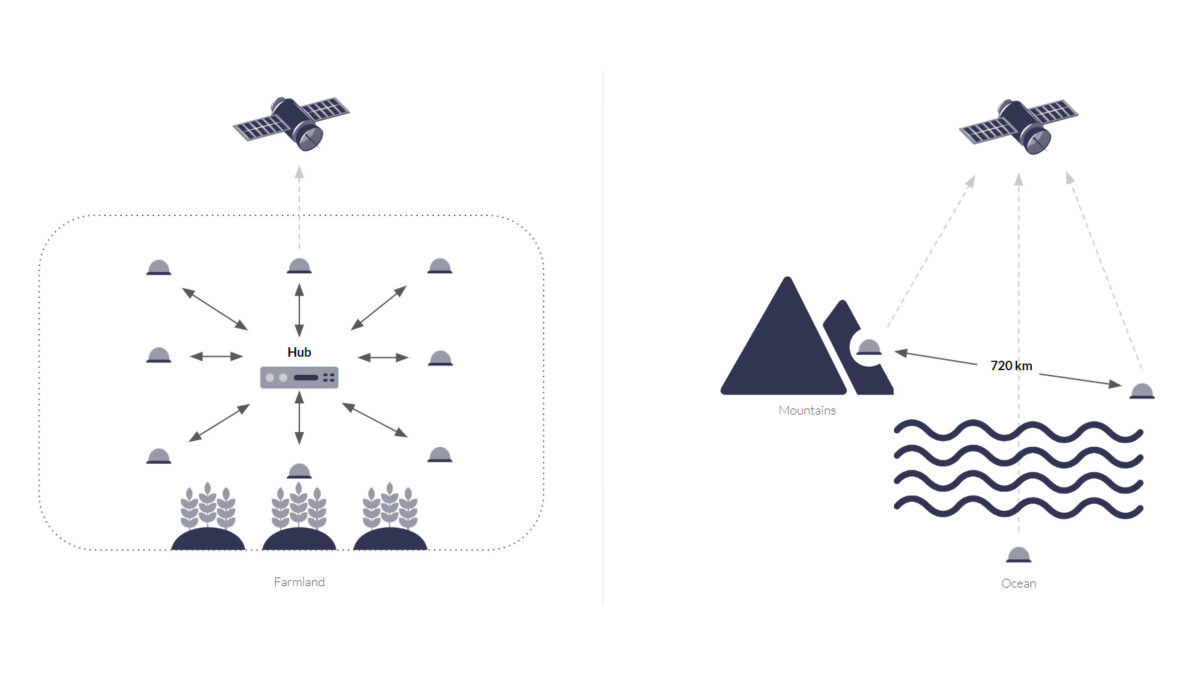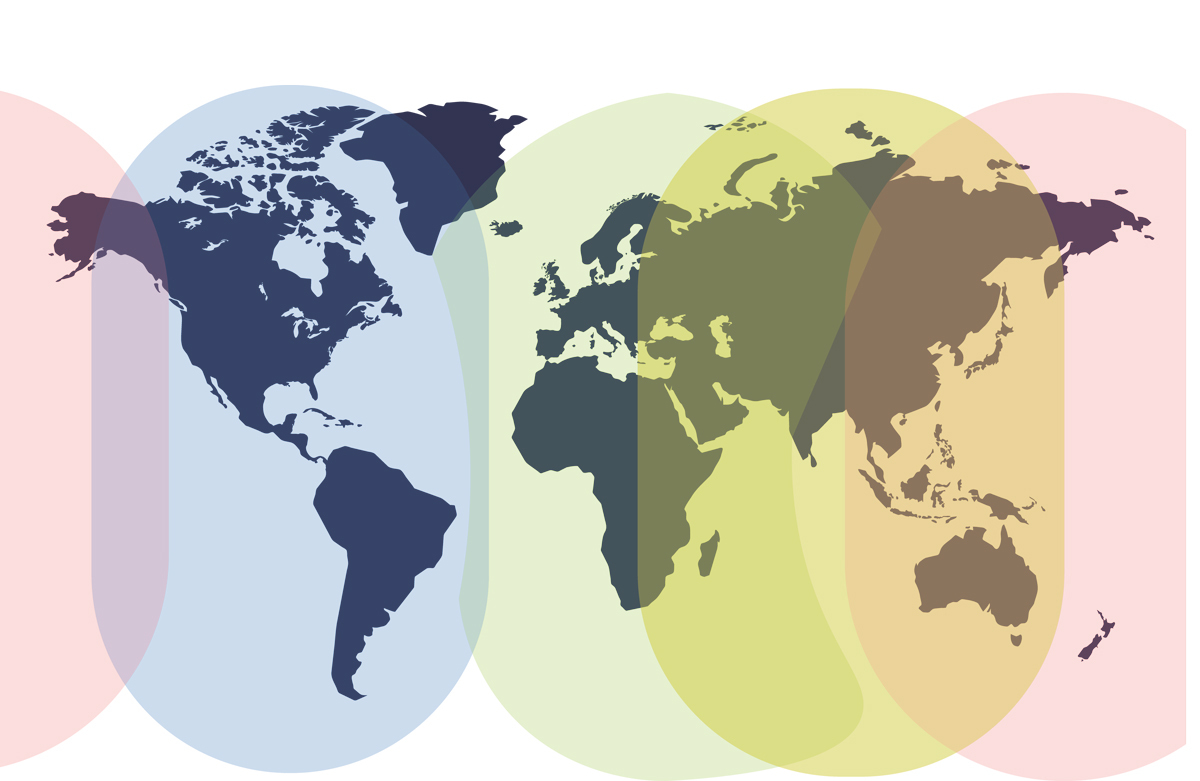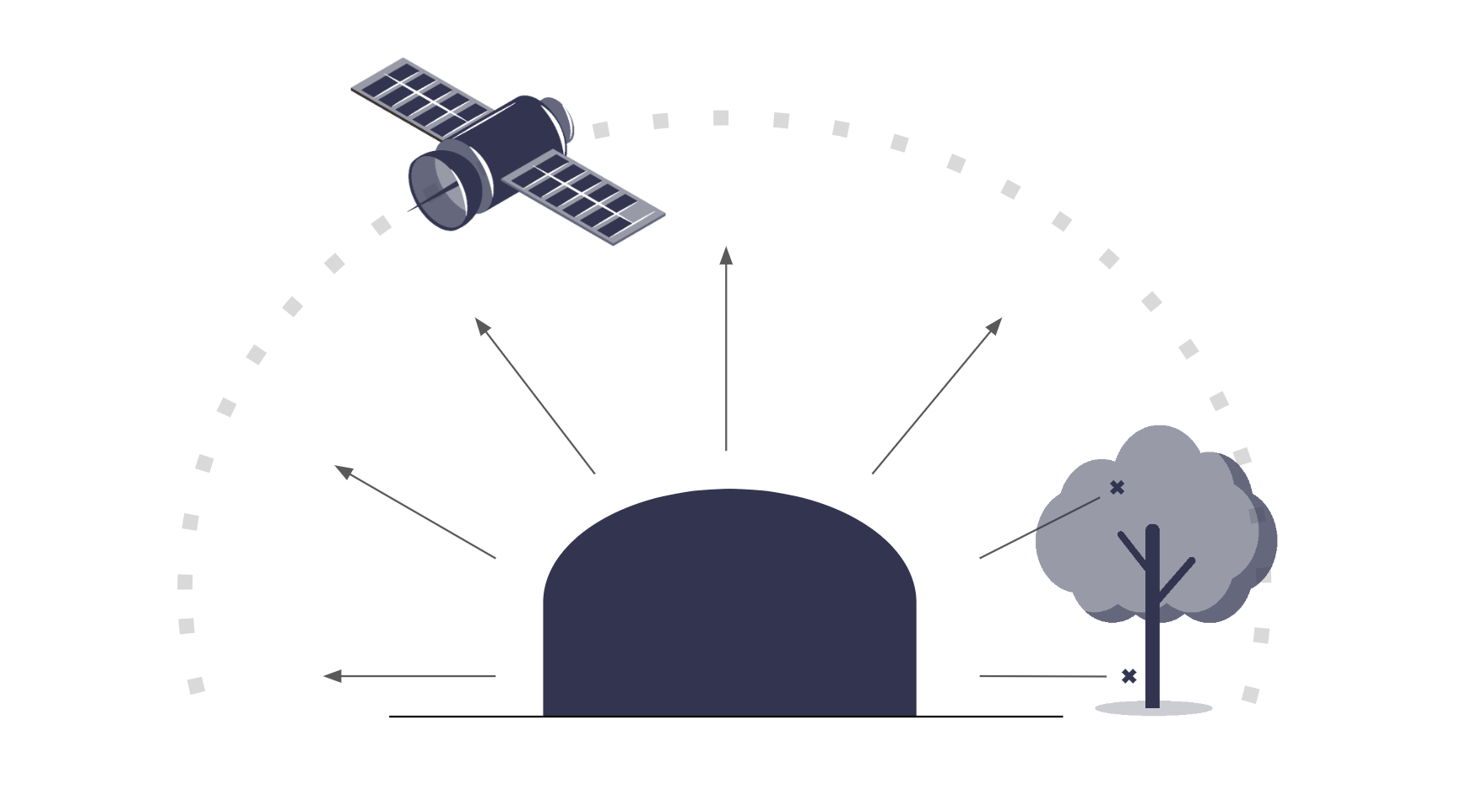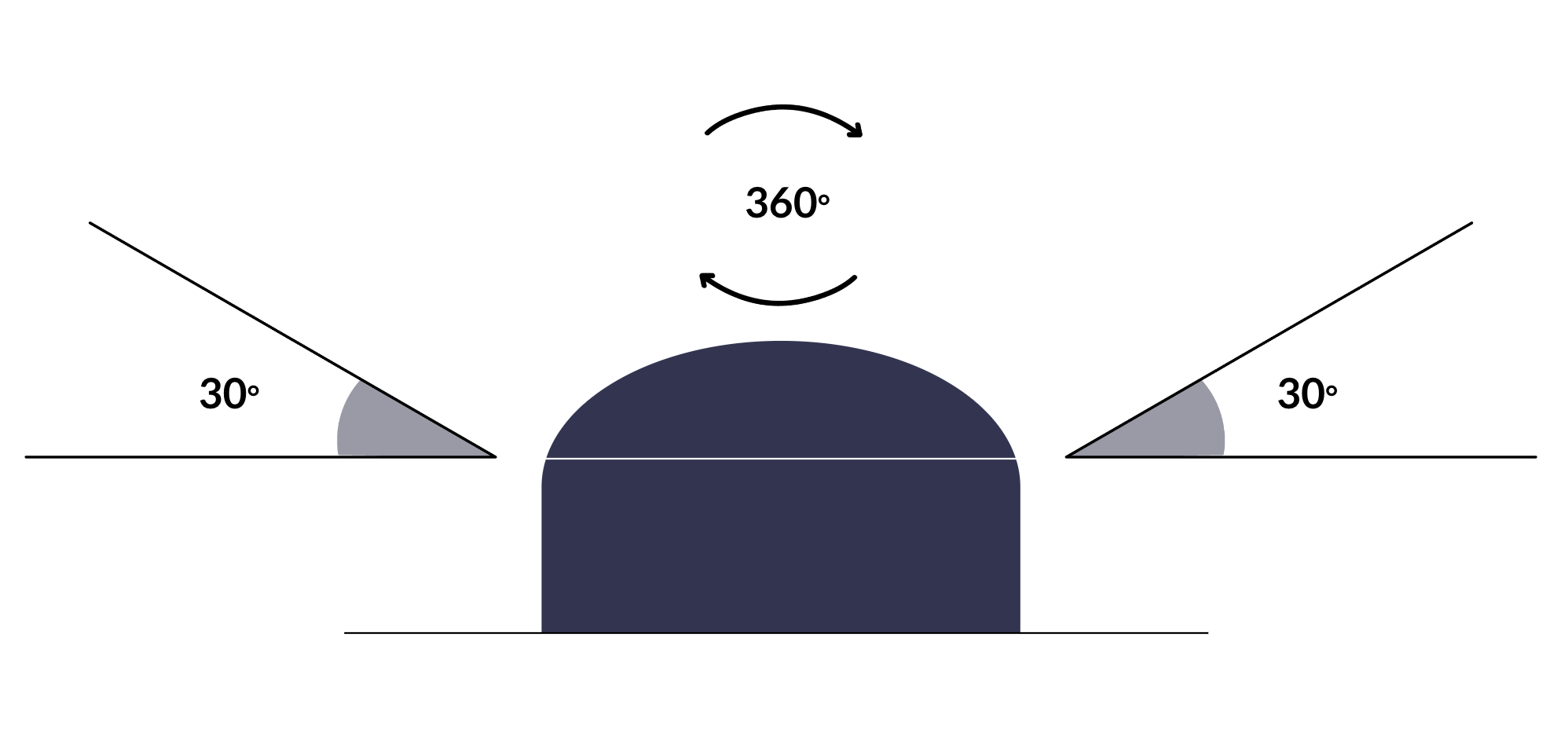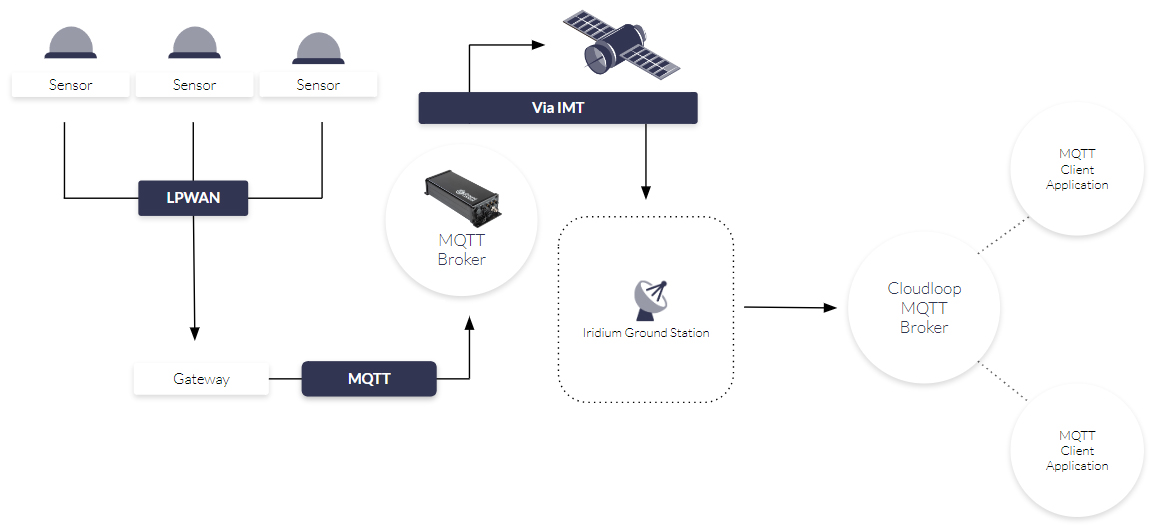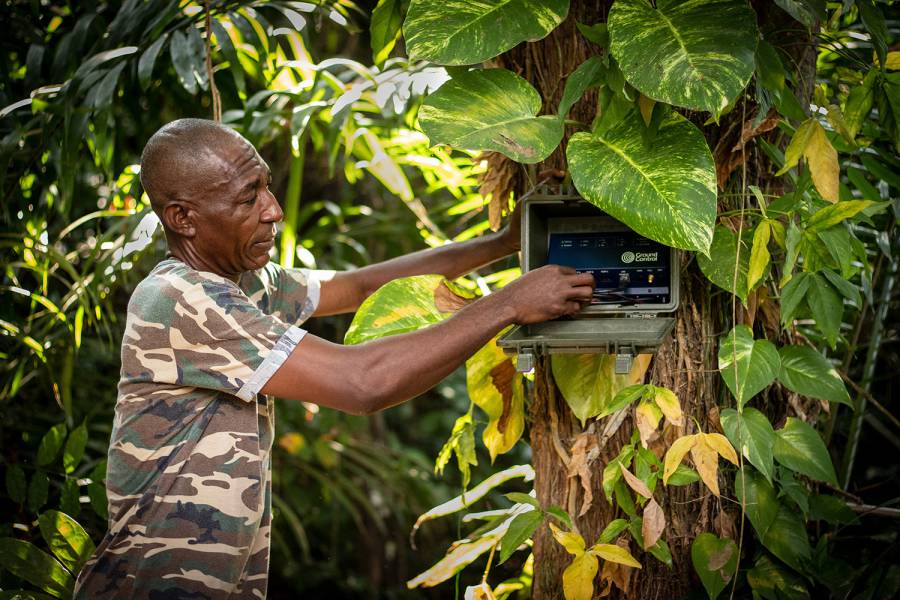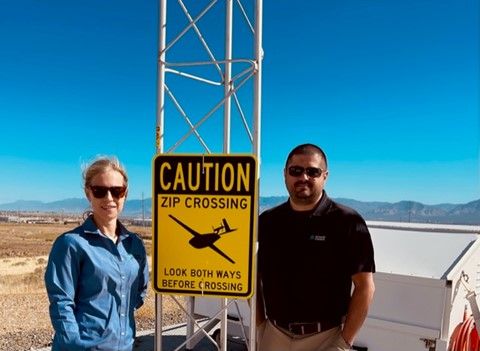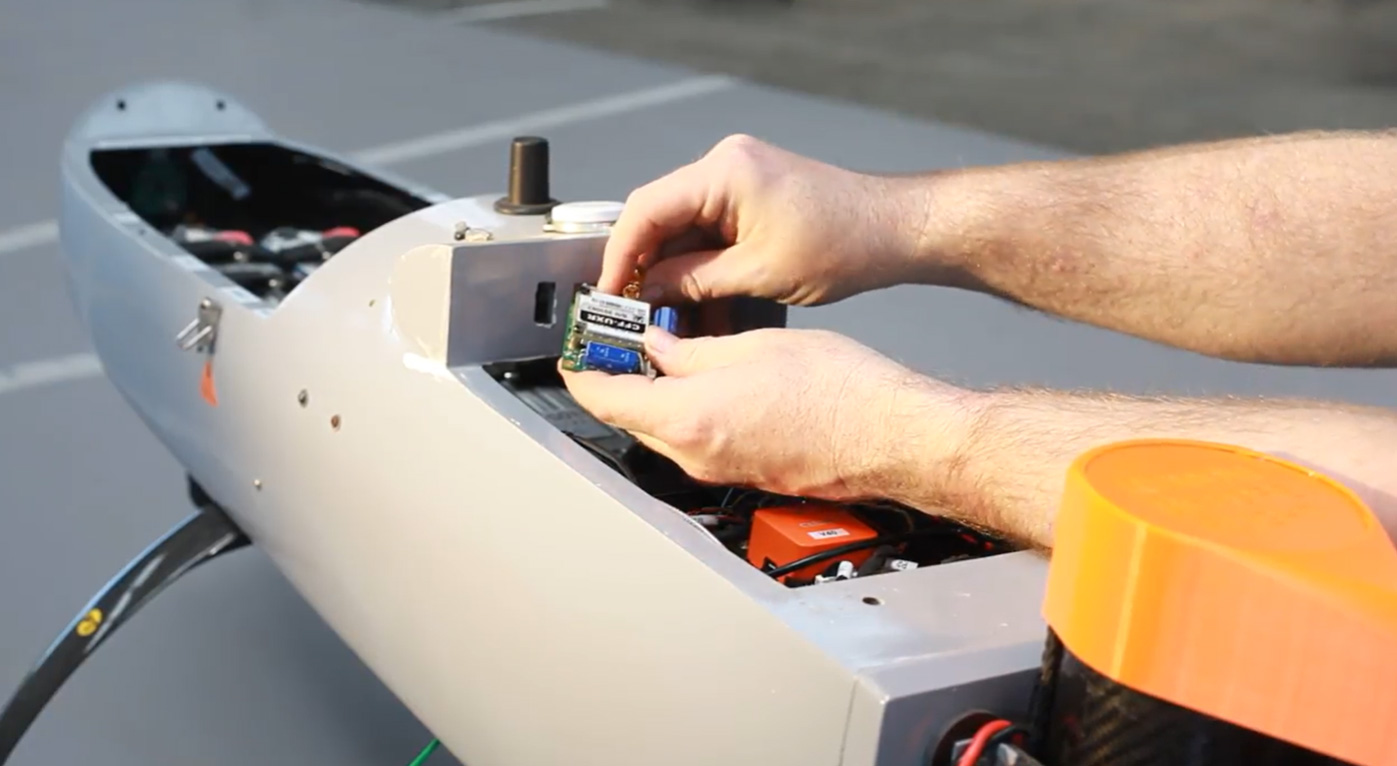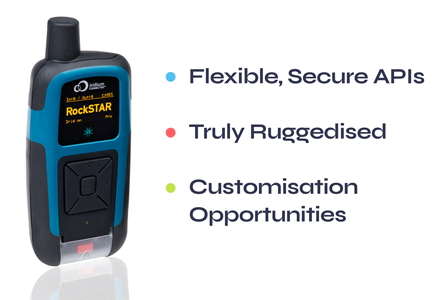LPWAN – Low Power Wide Area Networks – enable users to connect sensors / endpoints over large distances. They’re lower cost and consume less power than cellular, and while their data capacity rates are lower, there’s enough bandwidth for most IoT applications.
This article focuses on satellite-enabled LPWAN. Satellite comes into the equation when the sensors you’re connecting are so remote there’s no cellular infrastructure at all. At the moment, that leaves you with two options:
- Use an unlicensed LPWAN technology such as LoRaWAN, mioty or Sigfox to connect your sensors, then backhaul the aggregated gateway data via a satellite transceiver;
- Or, connect your sensors individually to a satellite transceiver.
The Differences Between Licensed and Unlicensed LPWAN
Before we settle into the main topic, some readers may find a quick explanation of licensed / unlicensed LPWAN helpful. The former leverages licensed radio frequency spectrum, which means connections use dedicated frequencies, making them more reliable. They also offer higher data capacity rates than unlicensed spectrum. Currently the best known networks – NB-IoT, LTE-M – rely on cellular infrastructure. Because of this dependency, they’re not used for extremely remote applications.
However, satellite LPWAN also falls into this category – services like Iridium’s Short Burst Data (SBD) and Certus 100, and Viasat’s IoT Nano and Iot Pro, all leverage licensed spectrum. Satellite LPWAN has no dependency on terrestrial infrastructure, so is usually deployed where there isn’t any – i.e. outside of population centers.
Unlicensed networks share frequencies with all other unlicensed users, so reliability in high-traffic areas may be an issue. They also have capacity issues because of the frequency spectrum they operate in – which is only suitable for very small amounts of data (LoRa has a maximum data rate of 50 Kbps). However, unlicensed LPWAN is lower cost, and devices generally require a little less power than networks operating in a licensed spectrum, although both perform well. For example, NB-IoT devices will typically operate for up to 10 years, and LoRa devices for up to 15 years, using battery power.
LoRa is the most widely adopted and well known unlicensed LPWAN, but there are many more here, including SigFox, Helium, RPMA and mioty. In the case of LoRaWAN, there are commercially operated networks that you can buy into, or you can set up your own private network.
If you’re in an area with cellular infrastructure, you can weigh up the pros and cons of licensed and unlicensed networks, and choose the solution best suited to your needs from a long list of options. In a remote area without cellular, you’re back to the choice we posed at the beginning: connecting individual sensors via licensed satellite LPWAN, or using an unlicensed LPWAN to aggregate many endpoints, which has no dependency on cellular infrastructure.
In terms of projected market share, China’s state-wide adoption of NB-IoT makes it the global leader; remove China, however, and the competing technologies are more evenly distributed (data from IoT Analytics). In this chart, which looks ahead to 2027, LoRa is the leader with 36% market share, followed by LTE-M at 35%, and NB-IoT at 23%. LoRa is on the way down from its peak, however, and NB-IoT shows the strongest growth.
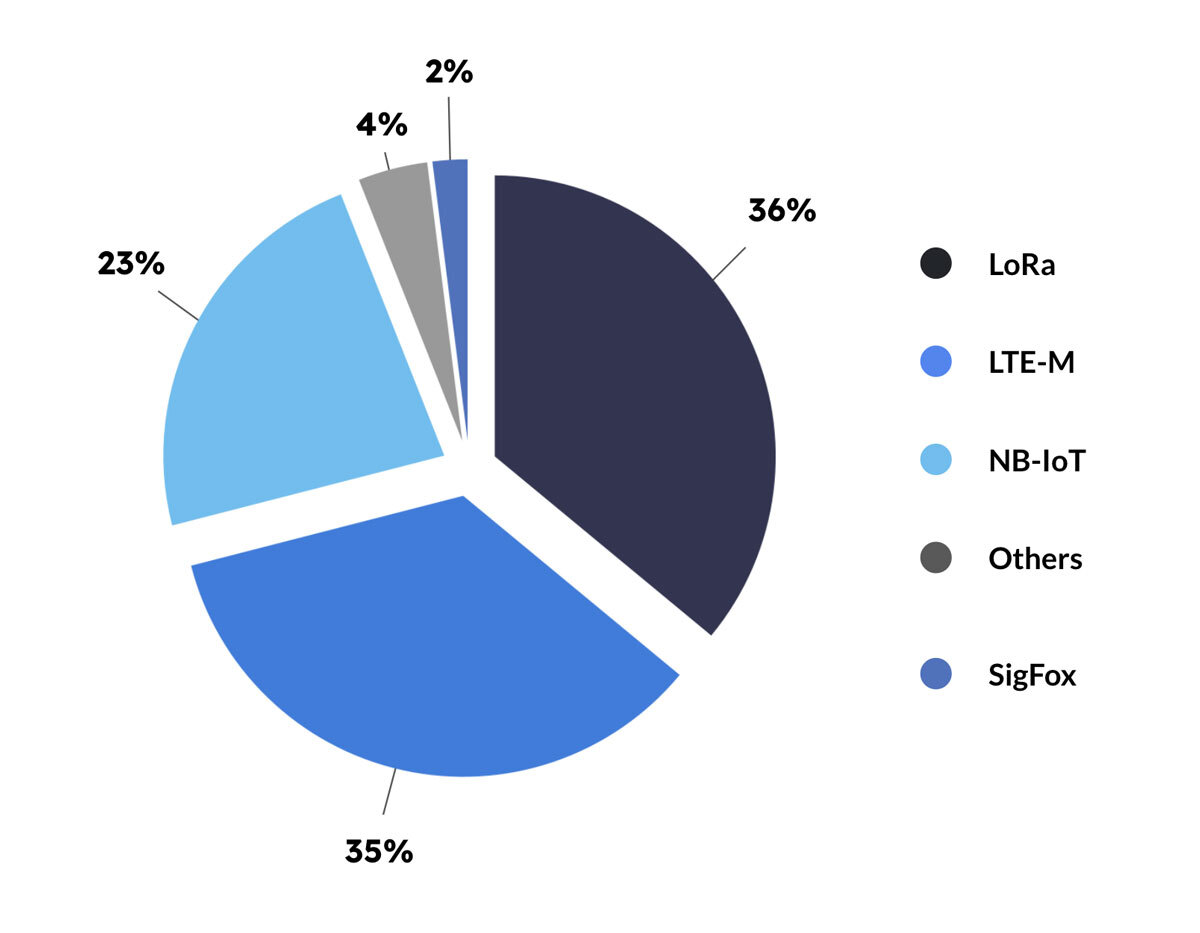
How Unlicensed LPWAN Works with Satellite
While there are many options for unlicensed LPWANs, because of its dominance, we’re focusing on LoRa.
LoRa networks require a gateway, or several gateways, depending on the size of the network, where the sensor data is aggregated. If the gateway is within cellular coverage, cellular can be used for data backhaul, but in remote applications, satellite is the best option for backhauling the aggregated sensor data. Co-locating your gateway(s) with a satellite transceiver like RockREMOTE ensures you can communicate with your sensors from anywhere on the planet, as long as you have a clear view of the sky.
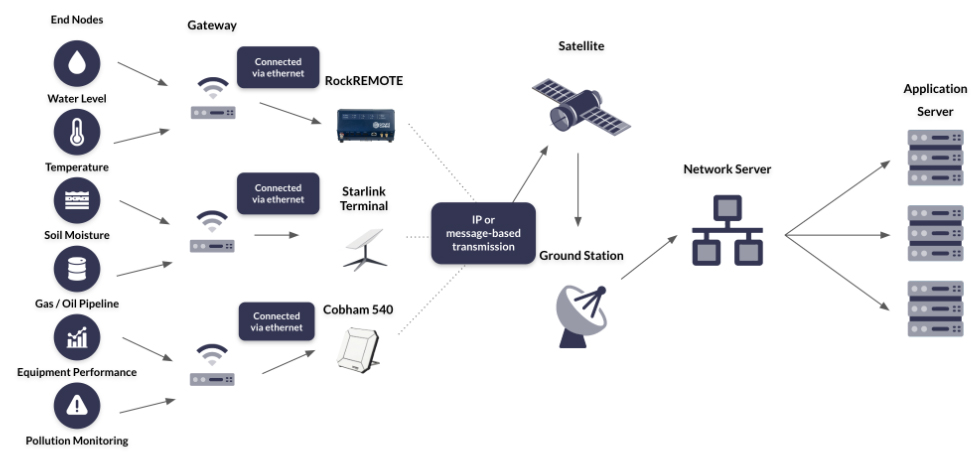
NB: LoRa is a communication technology. LoRaWAN is a media access control (MAC) layer protocol which makes it easier and more secure to manage communication between gateways and endpoint devices (read a better explanation). So while LoRa can be, and is, used without the MAC layer, in the context of a wide area network, LoRaWAN is far more likely to be utilized.
LoRaWAN:
- Has a maximum data rate of 50 Kbps
- Works better for stationary applications
- Works best in open, flat areas such as farmland
- Is license free, therefore low cost
- Drains very little power – battery life can be up to 15 years
- Has strong security measures, with built-in end-to-end AES-128 encryption
- Can be built independently of terrestrial networks and commercial providers
- Works well when gateways are co-located with a satellite IoT transceiver
- Is tried, tested, and in use today for remote IoT applications.
When to use Individually Connected Devices
The main advantage of LoRaWAN is that it’s very low cost, but that cost increases if you’re using a commercially operated LoRaWAN. If you don’t, you’ll need to build the network yourself, which involves purchasing gateways and a network server, writing firmware, and creating the connections (read how to build a private LoRa network).
This could well be worth the effort, but it depends on the number of sensors you’re connecting, and their location. LoRaWAN is a ‘single-hop’ technology; each connected sensor communicates directly with the gateway or hub. If there’s a long distance between device and hub, or there are geographical features like mountains or forests, this can impede the signal. So, there are instances where individually connecting sensors to a satellite modem is faster, more reliable, quite possibly cheaper when time and expertise is factored in, and more efficient.
For example, American Signal Corporation has hundreds of tsunami warning stations positioned off the coast of Thailand, to prevent a repeat of the Boxing Day Tsunami that claimed hundreds of thousands of lives.
These stations are located in the ocean, far from cellular infrastructure and mains power, and need to be both completely reliable and able to transmit their data in as close to real-time as possible. The latency and reliability issues of LoRaWAN make it unsuited to this application – as does the fact that some of the sensors are positioned well over 10 km apart.
Instead, each station has its own satellite transceiver – the RockBLOCK Plus – which uses the Iridium Short Burst Data airtime service. This checks all the boxes: it’s a low cost, low power, reliable, low latency means of transmitting data from anywhere on Earth with a clear view of the sky.
This solution is being used in many scenarios like this where the data must get through, and there’s no cellular infrastructure, and building a LoRa network (or similar) would be cost and/or time-prohibitive.
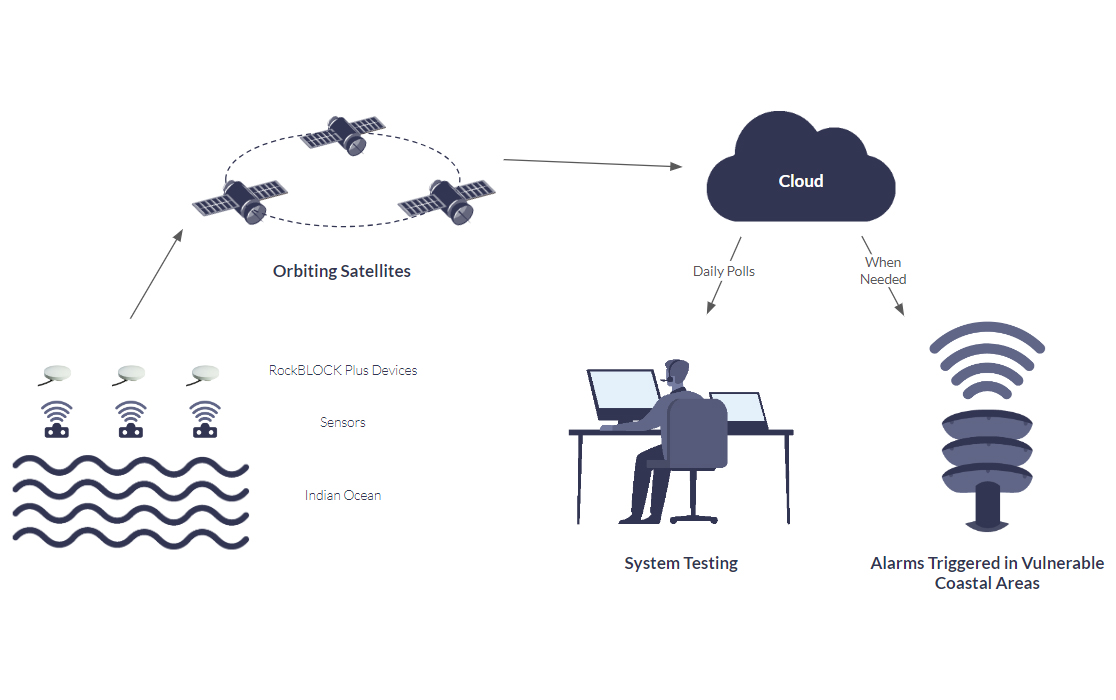
Satellite LPWAN:
- Works well in both mobile and stationary applications
- Has no limitation on the distance between your sensors – they can be positioned as far apart as your application requires
- Has a huge amount of flexibility in terms of data rates – up to 464 Kbps (although the lowest power consumption comes from the message-based services of Iridium Short Burst Data, and Viasat IoT Nano)
- Can operate on a solar powered battery for 10 years (depending on data rates and frequency of transmission)
- Is secure by design – it’s very hard to intercept the data while it’s in space, and firewalls, VPNs and private lines protect the data once it’s earth-bound again
- Has no dependency on terrestrial infrastructure
- Will work in any location, including mountains and forests, as long as there is a clear view of the sky
- Is not affected by extremes of temperature or adverse weather conditions.
Coming Soon: NTN NB-IoT
This is developing technology, with the goal of offering a single SIM to work on multiple cellular and satellite networks.
While the technology exists today to seamlessly switch between cellular and satellite networks, the devices enabled with this technology are using proprietary modems that only communicate with a single satellite network. Relatively few are produced, and they’re more expensive than their cellular-only counterparts. Moreover you’re tied into that satellite network, and if you wanted to use an alternative satellite network, you would need to buy a completely different device.
3GPP standardization is poised to disrupt this model. Firstly, there are many more cellular IoT-connected devices than there are satellite IoT-connected devices, and so production of these dual-function modems would benefit from economies of scale. They are likely to be lower cost than today’s proprietary satellite IoT modems.
The other potential benefit will be the ability to switch between satellite network operators in much the same way as you can switch between cellular networks today. Every satellite network that is 3GPP compatible with coverage in your area should be able to offer you service. It’s by no means certain, but we think this is likely to increase competition and lower pricing.
So, the impact will be to make NTN NB-IoT not just possible but also cost-competitive over the long term. That said, it will still be a more expensive solution than an unlicensed LPWAN – and for good reason, as it retains the higher data capacity rates and reliability benefits of licensed spectrum.
The lower cost modules may well move the tipping point between individually connected endpoints / sensors vs. building a LoRa network. Individually connected endpoints, as we’ve already discussed, have the benefit of being easy to set up, reliable and low latency. The number and location of the endpoints determine the choice of network today, and that will be true with NTN NB-IoT, too. But as the cost will be lower, the point at which it makes sense to use LoRa (or similar) will, we anticipate, come at a higher number of endpoints than it does today.
It may also open up new use cases for geographically dispersed endpoints that could utilize satellite IoT today, but the proprietary modems make this cost-prohibitive. Applications in Agriculture, Utilities, Mining and Oil & Gas are likely to emerge as the device and airtime costs decrease.
NTN NB-IoT:
- Has a maximum data rate of 159 Kbps up, 106 Kbps down
- Works well for stationary and slower-moving mobile applications
- Offers greater reliability as the network is more exclusive
- Strong support for user identity confidentiality, authentication and integrity
- Doesn’t require a gateway, but you will need – once available – a dual mode satellite and cellular SIM card in each device
- Will no longer need terrestrial cellular infrastructure once Satellite Network Operators (SNOs) make their satellites compatible with the 3GPP standard
- Should support route switching in the future, keeping costs low and predictable.
What is 3GPP?
3GPP is a global initiative to basically stop telecommunication infrastructure developers from all doing their own thing. Since 1998, they’ve successfully driven standardization across cellular development. Release 17, in 2021, included satellite connectivity to the technology mix for NB-IoT delivery – often referred to as NTN (non-terrestrial network).
If an orbiting satellite network meets the 3GPP standard, someone, or something, on Earth that has a similarly 3GPP-compliant modem in their device could pass out of cell tower range, and immediately switch to satellite, with no interruption of service, and no need for separate hardware. All the excitement about direct-to-device technology stems from this, but “Rel-17” also unlocks NB-IoT’s use in extremely remote locations, with satellites performing the task of cell towers.
What About Non-Terrestrial LTE-M?
LTE-M is, like NB-IoT, a licensed LPWAN designed to operate on cellular networks. It’s a little more expensive because it offers higher bandwidth transmissions, and supports roaming: it was designed to work for mobile and fixed IoT applications, vs. NB-IoT that is best used in fixed IoT applications. Both are part of the broader 3GPP standard, and so the structure exists to use satellites to perform the role of cell towers in space.
At the time of writing, the satellite network operators moving the fastest towards NTN architecture are using NB-IoT as their preferred technology. However, Starlink will use a form of LTE when it brings an IoT proposition to market, and other satellite network operators may well follow suit.
What’s Best for Your Remote Application?
There is a lot of hype around 3GPP standards-based technology, and when it comes to fruition, users will benefit from lower cost modems and possibly, because of increased competition, lower cost and more predictable airtime bills. Many major satellite network operators – Iridium, Inmarsat, Viasat, Starlink – have announced plans to support a form of this technology (either NTN NB-IoT or LTE) in the future.
There are companies already offering this service, but at the time of writing, they have patchy coverage, and data capacity rates are very low. The full value of this technology will be realized when there is global availability and multiple service providers – which is currently looking like 2026-27.
If you’re building your remote application right now, your choice of LPWAN depends on your application. If your devices are very widespread, LoRaWAN may not be your best choice given the higher risk of packet loss between the sensors and the gateway(s). It is cost-effective, particularly when paired with a satellite transceiver like RockREMOTE which supports edge computing, thus allowing you to optimize your transmissions. If you can manage with a degree of data delivery uncertainty (due to the capacity challenges in the unlicensed radio frequency spectrum), it’s a good choice.
For devices spread over a wide geographical area, connecting each sensor or sensor array to a satellite IoT transceiver ensures that you will receive your data, with no dependencies on terrestrial infrastructure, and no reliability issues due to contested spectrum. If you choose a service like Iridium Short Burst Data, or Viasat IoT Nano, you’ll receive your data in close to real-time, too. Connecting sensors in this way costs more, but even now is less expensive than people imagine. For mission-critical applications, it’s the most reliable, fast and secure means of capturing your widespread remote sensor data.
Can we help you with your remote application?
If you’re connecting endpoints in remote locations, we hope you’ve found this article useful. We are experts in satellite connectivity, and work with multiple satellite network operators to ensure our customers get the best combination of coverage, reliability, price and latency.
If you’d like to speak to one of our team, please complete the form, or email hello@groundcontrol.com. We’ll come back to you within one working day.

